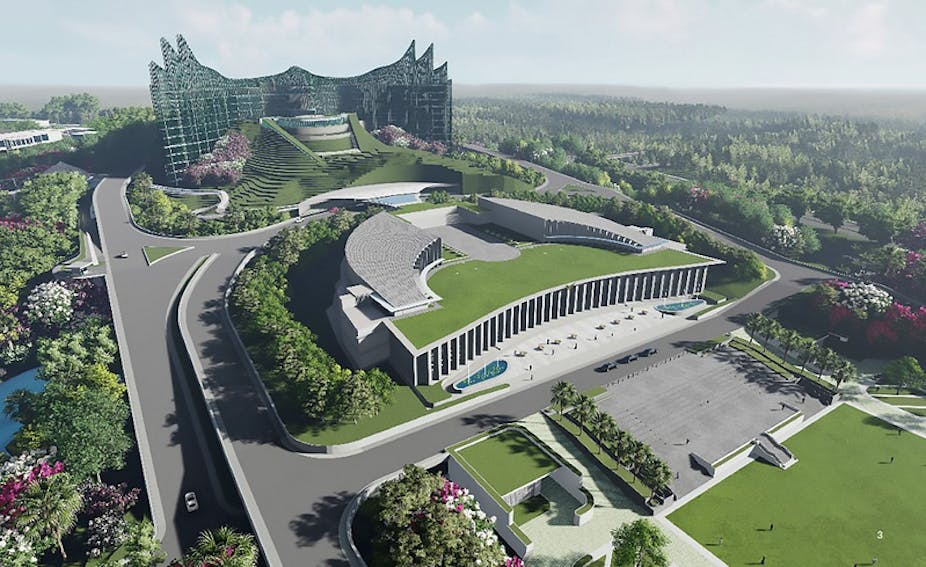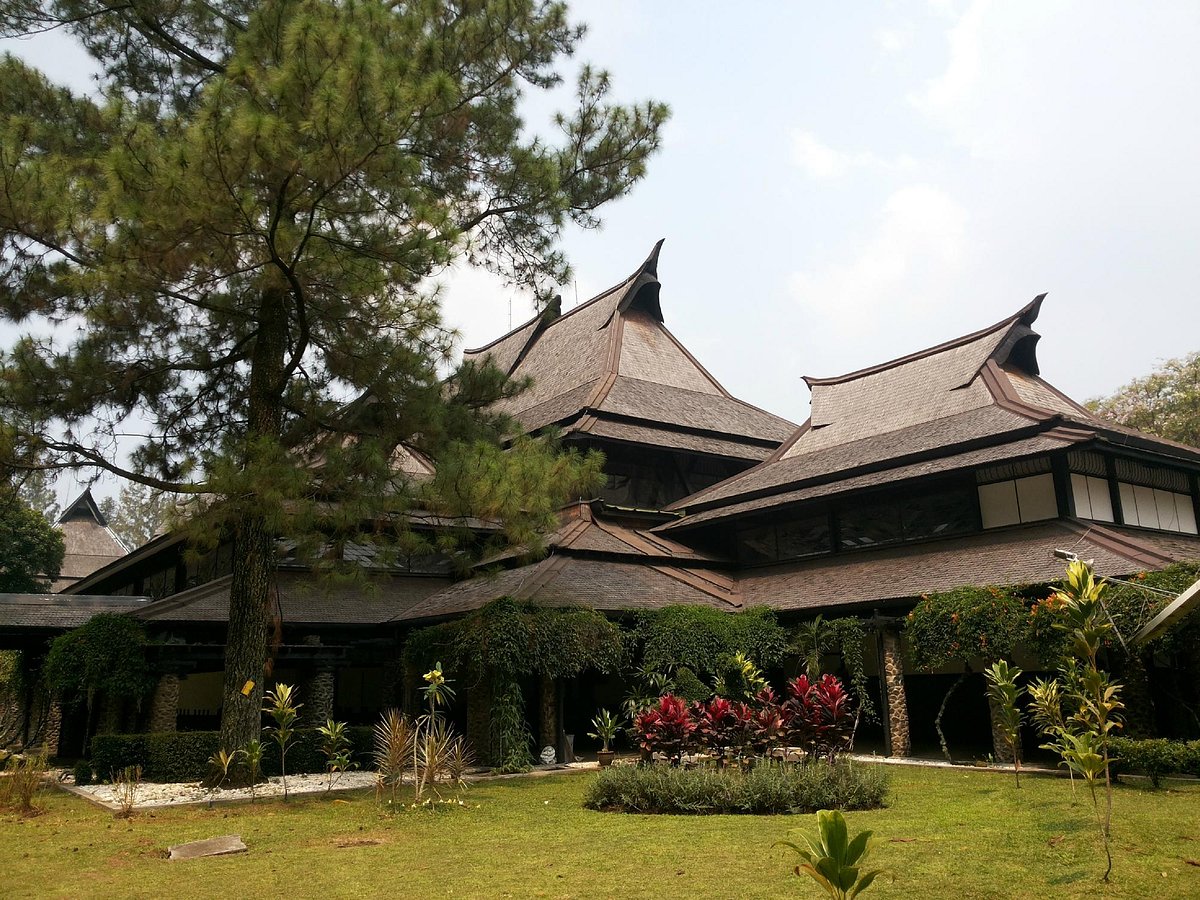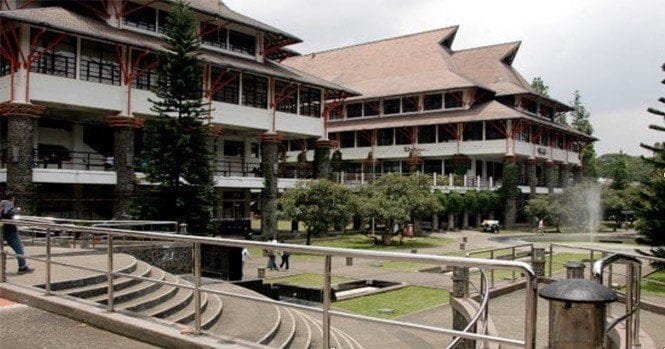Nusantaran Development Project
Posted: Tue Feb 07, 2023 2:02 pm
Following a successful meeting with the Republic of Siam, Prime Minister Raharjo makes the following proposals in parliament:
- Investing in the expansion of the road and rail networks throughout the various islands, where appropriate, including a high speed rail line along the southern coast of Java, peninsular Malaysia, Sumatra, and Borneo.
- Securing funds and beginning construction on the Bali Strait bridge, with road and high speed rail access to Bali, thus connecting the islands together.
- Begin investigations into a potential bridge between Bali and Lombok, and Lombok and Sumbawa. If a bridge between the islands is unfeasible, then to look into an expansion of regular ferry services between the islands.
- Securing funds and beginning construction on the Sunda Strait Bridge, with road and high speed rail access between Sumatra and Java.
- An expansion of major ports throughout the nation, including upgrades to facilitate increased trade and shipping.
- The expansion and construction of several nuclear powerplants to improve power production and reduce reliance on fossil fuels.
- An expansion of the major airports throughout the nation to increase connectivity and ease travel both on the islands and internationally.
- Several investments in Christmas Island, Ternate, and the Cocos Islands, improving their port and airport, and providing better access between the islands and the main islands.
- A general upgrade to the military base on Christmas Island and Cocos Islands.
- A general upgrade to the various military installations on the Spratly Islands.
- A general upgrade and expansion of the Majapahit Parliament Buildings.
- Investment in the expansion of the tech sector, with tax breaks and grants for companies, both local and foreign, hoping to set up offices and factories in the nation.
- An expansion in oil drilling and exploration, as well as in pipelines and refineries in order to increase government income.
- Investment in Nusantaran culture to promote tourism and interest in Majapahit abroad. This will include the creation of several beach resorts in Sumbawa and Lombok, as well as improved services for tourists on the islands of Java, Borneo, and Sumatra, as well as on peninsular Malaysia. Additionally, this proposal will include funding in various aspects of Javanese culture, such as Javanese dance and shadow puppetry.
- Repairing and refurbishing historical Majapahit artifacts and cultural monuments, ensuring their preservation is ensured, and that they are adequately presented for tourism purposes.
- Investment in the export of Nusantaran cuisine, known as the Nusantaran Culinary Diplomacy Program with a goal of increasing Nusantaran restaurants abroad. The goal of the program will be to increase cultural awareness of Majapahit and improve tourism.




